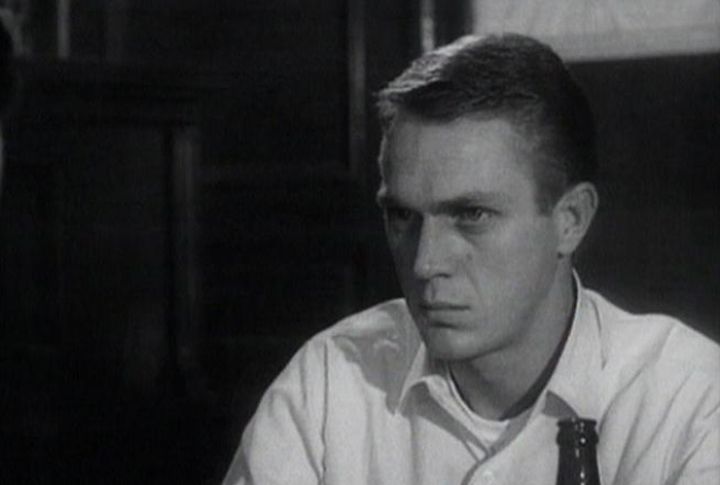
Between 1920 and 1940, daring heists rocked the world, leaving a trail of intrigue and disbelief. These master criminals were experts in the art of deception, slipping away without a trace. The mystery still lingers today, with their names spoken in whispers. Keep reading to uncover the most unforgettable robberies that continue to captivate our imagination.
The Wall Street Bond Heist (1920)
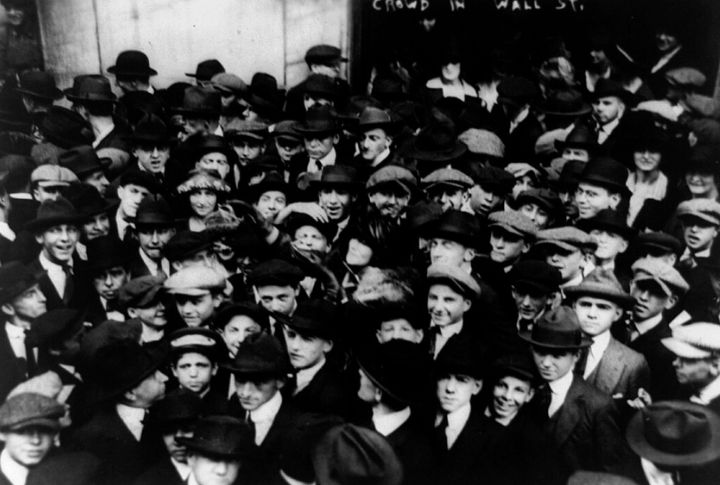
Wall Street is the epicenter of American finance, but in 1920, it became the scene of a daring heist. A criminal ring infiltrated the financial hub and vanished with $5 million in bearer bonds (nearly $80 million today). The bonds were never recovered, and the thieves were never caught.
The Denver Mint Robbery (1922)

The Denver Mint—one of the most secure locations in the United States—was the target of a criminal gang. The robbery was meticulously planned, yet it ended in disaster. It involved the theft of $200,000 in $5 bills, which were fresh from the press and still in their original wrapping.
The American Express Robbery (1924)

A group of thieves hijacked an American Express train filled with precious cargo in the summer of 1924. The robbery was executed with cold precision, and they walked away with over $2 million. Yet, despite the massive investigation, not a single thief was ever found, and the stolen fortune never resurfaced.
The Sapulpa Bank Robbery (1927)
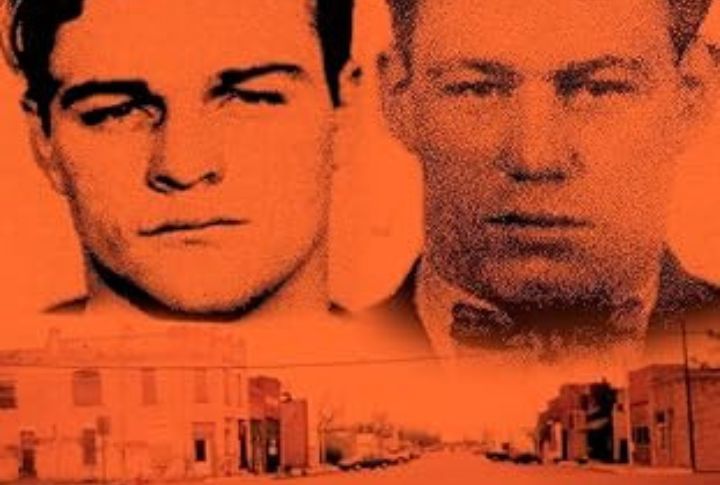
In January 1927, the notorious Kimes–Terrill Gang, led by Matthew Kimes and Ray Terrill, carried out their first major heist in Sapulpa, Oklahoma. Kimes, Terrill, and accomplice Herman Barker stole $42,950 (around $800,000 today). The gang became infamous throughout the Midwest for its daring heists and frequent prison escapes.
The Farmers And Merchants Bank Heist (1929)
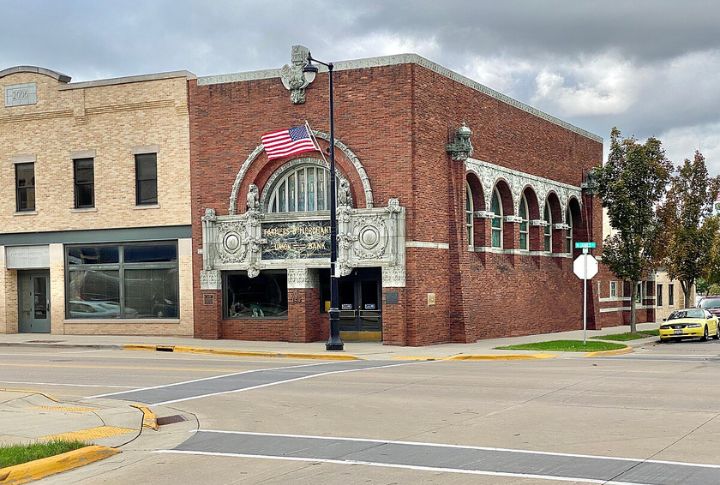
Three armed men boldly walked into the Farmers and Merchants Bank in Jefferson, Wisconsin, with no disguises. They forced everyone to the floor and executed the heist in broad daylight, escaping with over $300,000 in cash and securities—the largest bank robbery in Wisconsin at the time.
The Lincoln National Bank Heist (1930)
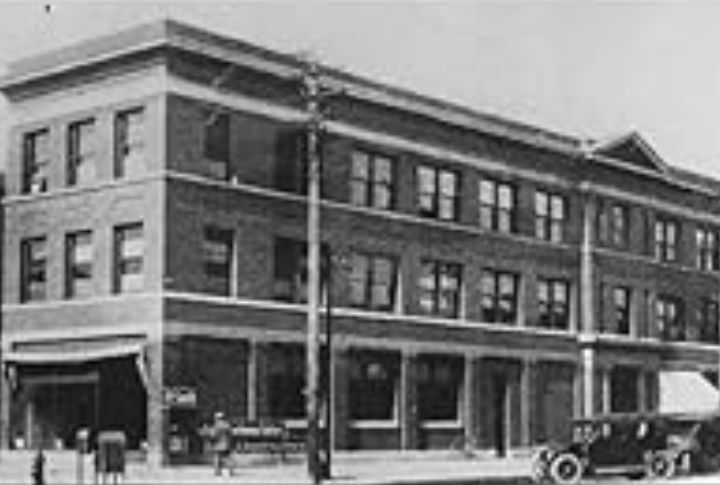
In 1930, thieves broke into Lincoln National Bank in Nebraska and made off with nearly $2.7 million in cash and bonds (worth over $40 million today). The heist was so perfectly executed that investigators suspected an inside job. The criminals vanished without a trace, and the stolen money was never recovered.
The Rochester Heist (1930)
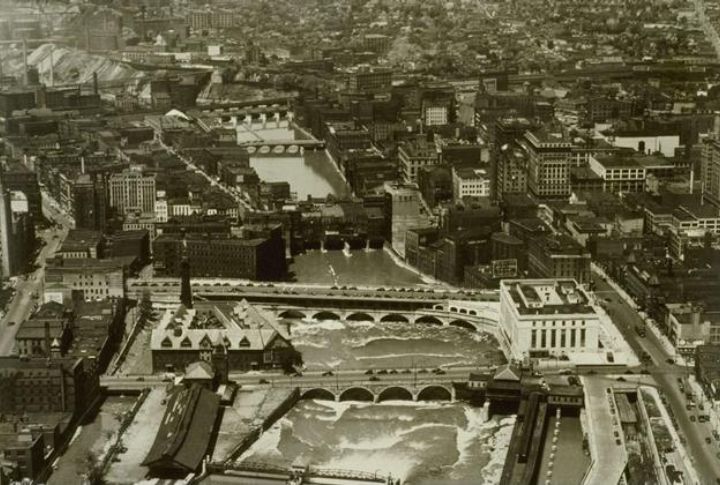
A calculated group of thieves targeted the vaults in Rochester, New York, in 1930. They made off with $3,000 in cash and $2,000 in travelers’ checks and disappeared into the night without a single trace. Law enforcement searched high and low, but the culprits slipped through their fingers with the stolen goods.
The Great St. Louis Bank Robbery (1930)

In May 1930, the Grand National Bank in St. Louis was robbed of approximately $1 million in cash and securities, equivalent to over $18 million today. The thieves exploited a temporary security lapse during the bank’s relocation to a new building. Despite investigations, the culprits were never apprehended.
The First National Bank Of Lawrence Heist (1932)
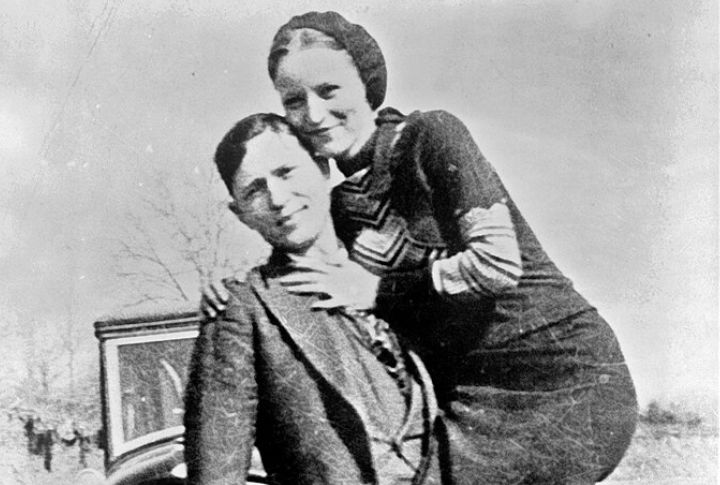
Clyde Barrow—soon to become infamous as one-half of the Bonnie and Clyde duo—pulled off one of his early bank robberies at the First National Bank in Lawrence, Kansas, in March 1932. Accompanied by accomplices Ralph Fults and Raymond Hamilton, Barrow expertly executed the heist, making off with approximately $33,000 (about $500,000 today).
The Needham Trust Company Heist (1934)
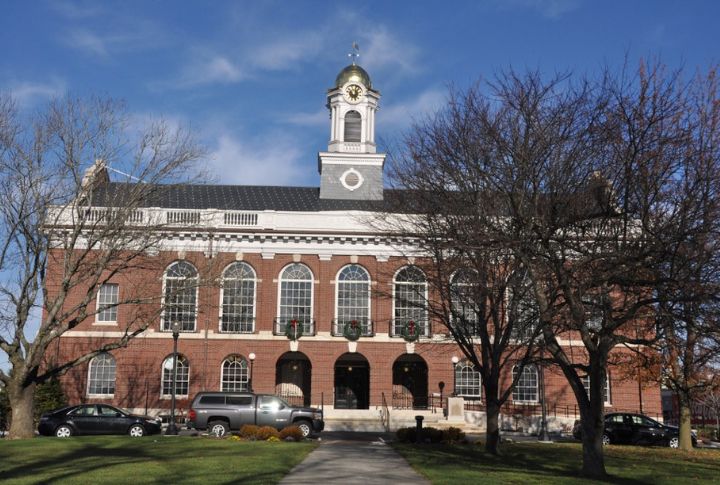
The notorious Millen-Faber Gang, led by Murton Millen, pulled off a daring heist at the Needham Trust Company in Needham, Massachusetts. The gang made off with about $14,000 (equivalent to $300,000 today). The heist marked the first time a machine gun was used in a murder in Massachusetts.
